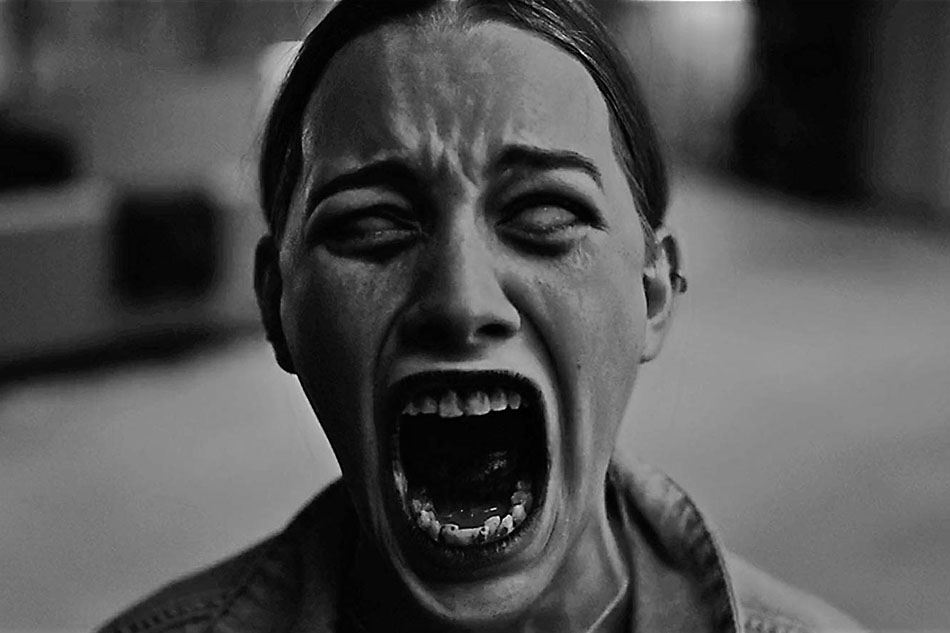 |
| Nell Crain has a Hard Day |
Mike Flanagan's The Haunting of Hill House is almost a perfect piece of filmmaking. The ten-part Netflix series is compulsively watchable, brilliantly acted, carefully paced, and beautifully shot. It's been some time since I watched a show that packed this much emotion and artistry into such a consistent and unified piece of storytelling.
From the opening sequence, Michael Fimagnori's camera explores Hill House both steadily and quietly. Shots are staged so the rooms loom over the characters, and the hushed approach to exposition builds tension and fosters serious dread in the viewer. You won't listen to your own home settling the same after hearing the tap of a cane on hardwoods or the scratching in the walls. Sixteen years ago, when Jeanne and I were married, we lived in an apartment complex that had some of that scratching in the walls. It was so unsettling to come awake in the wee hours to the sound of scurrying rodents separated from our heads by a few millimeters of cheap drywall.
Ugh!
The Haunting of Hill House hits the ground running, and it only becomes more engrossing as Flanagan's careful approach to building tension and establishing atmosphere takes root. It is patient, careful storytelling--and it's that care with the details that makes the dissolution of a loving family so hard to bear as the series sprints toward climax.
Jullian Hilliard and Violet McGraw are simply amazing in their turns as Luke and Nell Crain. These are children who work their way into your heart. I saw my own kids in them, and I thought often of my sisters and our time growing up in a drafty old house in John Day, Oregon, while watching this show.
Flanagan makes great use of setting. The sixth episode, "Two Storms," is stunning. As a long scattered and deeply scarred family comes together to mourn the second familial tragedy, the episode splits time between a pair of bewildering storms in two macabre locales--a sterile funeral home and the terrifying Hill House. It's an emotional juggernaut to see the terror on the characters' faces as they relive a horrific and resonant memory while attempting to reconcile the wrongdoings they have visited on each other. Siblings and parents alike struggle to articulate everything they've lost, and all the while Hill House and its evil grip on them works its magic.
A house is like a body, and the way we live speaks for who we are. Hill House is a diseased body, to be sure, but--like the black mold blooming throughout its walls--its dark core isn't strong enough to break the Crains. That any of them survive at all is a testament to the power of love and family, and even those left to stroll their haunted hallways seem strangely at peace with their fate. At least they can be together...
Art represents one of the clearest conduits we have for understanding grief and reflecting on ourselves and our past. There is a cathartic, saving power in viewing aggressive horror stories, and this series is visually stunning, carefully crafted, and keenly written.
It's also terrifying.
I found the conclusion of the series deeply satisfying. I've read contrarian views online about the final sequence and Flanagan's treatment of the Crains in the final analysis, but I thought he nailed it. Of course, my glass is always half filled, but I thought he made the correct narrative choice in wrapping up the first season.
Like American Horror Story, I think this show will feature different motifs and familial dynamics as it matures moving forward. The show's creators have already said the Crains will not be featured in season two. It's a great choice, as the first season was just about perfect and this family has already been through the ringer enough.
Grade: 'A'


2 comments:
Post a Comment